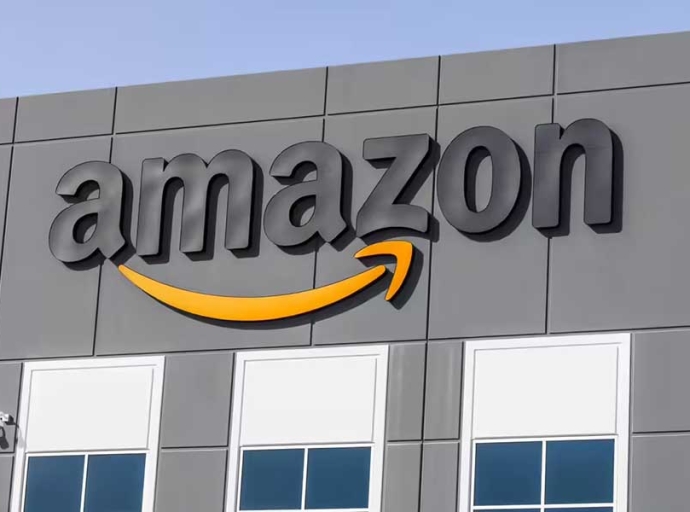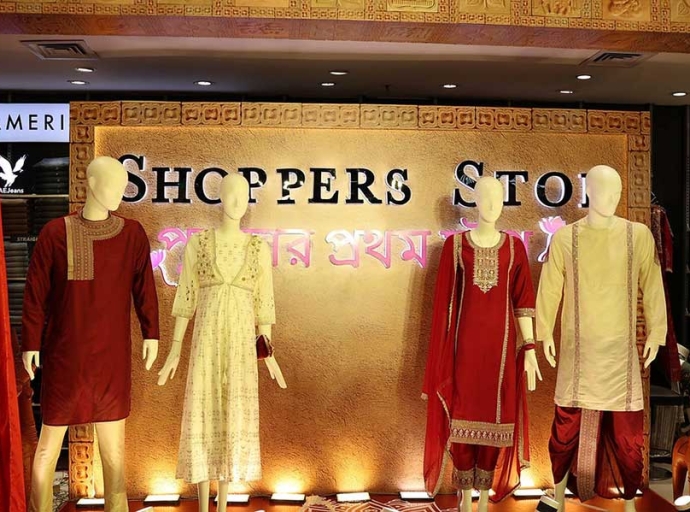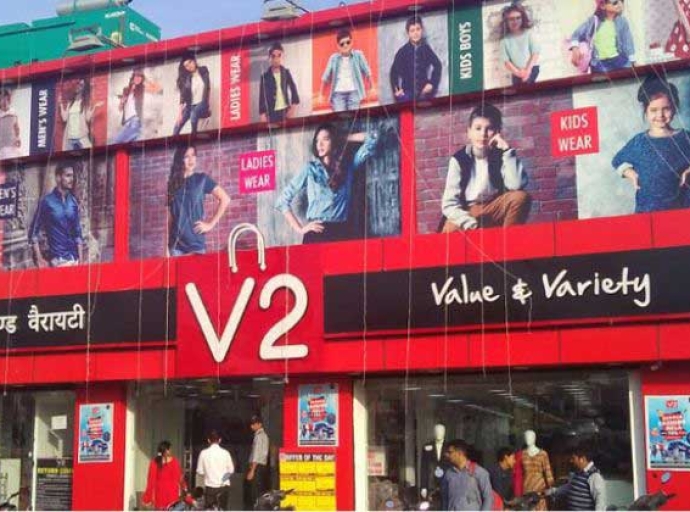22 December 2022, Mumbai
There is merit in the argument making a sound business case underpinning that Environmental, social, and governance (ESG) considerations are supreme so far as business and investment nuanced decision-making is concerned.
Furthermore, it is a great yardstick to evaluate the robust health of any firm's/project's performance and risk evaluation as quite many times the trade observation is that investors vote for environmental issues as the most influential element overweighing it Vs. conventional business metrics.
Concerns around ESG Investing
One of the Bloomberg studies reveals," Investors infused $120 billion or thereabouts in ESG ETFs in 2022 marketed as comprising companies with robust/credible (ESG) performance history is projected to hit say $1 trillion by the year 2025. As investors increasingly are looking at decoupling risks associated with ESG disputes and prospective claims also to underpin the risk premium discovery.
A shifting approach of input to result-based financing is the new norm today with a focus on green growth.
A tripod of sustainability is often referred to as the Triple Bottom Line.
We have to state here that when it comes to the ESG side/aspect of the business trade experts and observers firmly believe in the secular process of sticking to the true spirit of ESG framework/caveat, which quite certainly has the potential to add great value to the table attributable to the long-term future outlook of any project/organization within the textile sector albeit anything short will be suspect is a merit argument.
Opportunities & scope
COVID-19 was only a fundamental tailwind.
What is the bright spot is that many corporate stakeholders presently are highly emphasizing their commitments to the environment, society, and governance (ESG) in the synergistic areas.
ESG is receiving more attention from a range of stakeholders, including younger customers who are increasingly adopting an ethical buying perspective and consumers who demand an emphasis on sustainability and social responsibility from their fashion firms.
In reality, the demand from the stakeholders for business leaders to develop sustainability practices that benefit not just the bottom line but also have a more significant social impact has pushed this interest to a breaking point. Projects which are environmentally sustainable and align with the criteria & aspirations of climate change have a greater chance of getting funds.
In light of global warming, investors and governments are pushing & encouraging businesses to be more transparent across ESG parameters. Investors and activists are pressuring big firms to report and reduce the greenhouse gas (GHG) emissions, air, water, and other effects caused in their supply chains due to growing worries/concerns about climate change and other environmental consequences direct/indirect.
Business imperative; The regulations through the years have elevated ESG requirements across industries/sectors and give manufacturers a sizable financial and physical duty for collecting and disposing of post-consumer trash which certainly augurs well. This has, therefore, grabbed the attention/shown us the importance of ESG innovation in addressing global sustainability issues.
Long-term ESG vision
Green financing riding on ESG indicators such as green economic practices/clean energy drives future projects globally.
Considering the current conditions, the implementation of ESG in a company is an important consideration, both in investing and in business sustainability.
Studies that indicate stakeholders consider ESG accomplishments to be a crucial component of company performance support these demands. Businesses offering ESG more effectively are likely to perform better on traditional metrics.
This is why ESG efforts are intensifying, and sustainability is integrating into all phases of the supply chain, from recycling garbage and using eco-friendly raw materials to training suppliers. This affects all industries, and the textile sector is no different.
Fast Fashion & ESG
The textile industry is changing. Fast fashion, which has come across & seen momentum, and uptake since the 1990s, is posed with greater scrutiny as lenders/investors and end-consumers in the ever-conscious globe weigh up the environmental cost of “disposable/use & throw” apparel/garments.
The changing investor demands and consumer behaviour is driving a sustainable rise in the share of such apparel/clothes that ought to be manufactured in nothing short of sustainable ways. Responsible sourcing and farming are essential components of ESG activities. This includes producing eco-friendly packaging and regenerative organic farming.
Role of technology
Y Blockchain/new-age tech-enabled ESG Reporting; the mandate for ESG reporting is getting more sanguine given more and more acceptance/adoption amongst at least the listed companies the world over.
Although, there are chinks such as inadequate level of data authentication, consistency, and transparency, making ESG-based sustainability evaluation incomplete and a work in process/still a far cry and far from mission accomplished.
So the proposal for a blockchain-based ESG reporting framework for accomplishing/facilitating the sustainability evaluation of any organization/listed company is a noble thought at this stage as the investors/green funds are all starting to seriously look at this aspect of the business side before inferring any conclusion/taking a final call.
The paper tends to mull over the ascent of this so-called cutting-edge technology of the day/blockchain gateway curated to support/facilitate the complex issue of raw data authentication to resolve this piece of a jigsaw puzzle.
Giant stride; One has to be a learning student all the time considering IOTs are transforming businesses/sectors globally, AI and new-age technologies can help business stakeholders visualize & standardize ESG data collection and reporting, and visibly green hydrogen solutions to accelerate the clean energy transition can be some of the ways to transit in the direction of attaining neutrality as stated by many company CEOs/corporates.
Consumer-facing
Having a celebrated eco-label adds credence & equity to any fashion brand.
The very caveat of ESG is around the philosophy of producing and engaging in business activities responsibly and ethically with explicit concerns to business practices focused on social and environmental equity along with economics.
Again, we have started to see changing paradigm of consumer purchasing behaviour showing keenness/acceptance to premium/consideration demanded in the case of sustainable goods and services meeting ESG criteria & expectations as it is anecdotal today that there lies a constructive correlation between the green trust and net buying as it spurs impulse buying in many incidents to draw any conclusions.
Where the action is coming from
Rising consciousness and regulatory overhang; As the concerns are growing large the US is starting to pay attention to the ESG principle towards the formulation of rules and regulatory side of the businesses to improve ESG performance of companies in every strategy and the operational process taking its efforts to regulate steering investments toward more ESG-friendly initiatives, while Europe is setting the example by prioritizing a sustainable finance system at the top of its agenda.
Future roadmap; EY's earlier report mentions," With the EU Strategy for Sustainable and Circular Textiles, the Commission aims to ensure that by 2030, textile products have a longer life, recyclable where ever possible and the continent shall be a beneficiary out of the early mover advantage.
Asset managers start to take into account path-breaking sustainable ESG business solutions ideas focusing on responsible & sustainable investing and also on distant regions where environmental and labor standards were previously less severely enforced and likely to be subject to increased scrutiny.
Another interesting sanguine observation is the broad spirit with which the industry is working with reference to the ESG reporting in the Textile/Apparel sector (T&C) globally; with the contextual introduction of a phenomenon called the "ESG index" in countries like Bangladesh which is already on the forefront of trying & making green products for a while now thus will lead to outcomes like stable stock markets & real-time trade outlook on the sector's overall sustainable growth journey as we move ahead.
Road ahead
Need of the day; Obtaining ESG metrics from supply chain partners and third parties to validate certificate making a business case underpinning Environmental, social, and governance (ESG) considerations.
As there is a saying," We don't want the selective part of the world to be sustainable but overall world's selective part".
Expectations Around ESG Becoming Way Of Business Life Cycle (BLC).
The urgency of implementing environmental, social, and governance (ESG) based business is very important today than ever before. Each sector needs a long-term ESG vision.
A critical part of ESG initiatives is responsible manufacturing to assess how processes and systems impinge on the society and environment at large. Circular business models will no longer be an option but critical to the very basic fundamental need.
Why anyone should invest; Tick the green boxes as ESG is the wave of the future. As a result, the long-term prognosis is that every participant throughout the value chain of the textile/garment industry now faces an additional challenge and the opportunity for growth.
The textile sector should also concentrate on sustainability-related issues, such as protecting the environment and public health, workplace safety, gender equality, and satisfying customer demand for eco-friendly textile goods.
Get your facts straight/right; Due to its longstanding reputation as a significant polluter, the textile sector is under pressure to become sustainable, enhance worker safety, and protect consumers' right to make informed decisions to settle these issues once in for all.
In the changing paradigm, what is turning out to be top priorities/proactive commitments for all business stakeholders as a part of an overall business strategy, especially when applying the filters of what mirrors the mood & trade of the day in reference to the perspective around Environmental, social, and governance (ESG) companies are staring at loud & clear mounting expectations from investors - customers –stakeholders more notably while managing expectations surrounding ESG risks and opportunities.
Companies must prioritize supply chain ESG concerns; Therefore in the wake of the above, it is quite obligatory today for businesses as this consideration is reached an inflection point particularly as explained earlier with the stakeholders requiring corporate leaders/business captains to draw their serious attention to work upon/improve sustainability practices are undertaken/business good practices to be deployed helping enterprise both valuable business-bottom line but also being cognisant to the potential broader societal impact it can generate.
In summary; The industry's future structure and character will depend on how it reacts to this need amid all sorts of complications.
Latest Publications


































